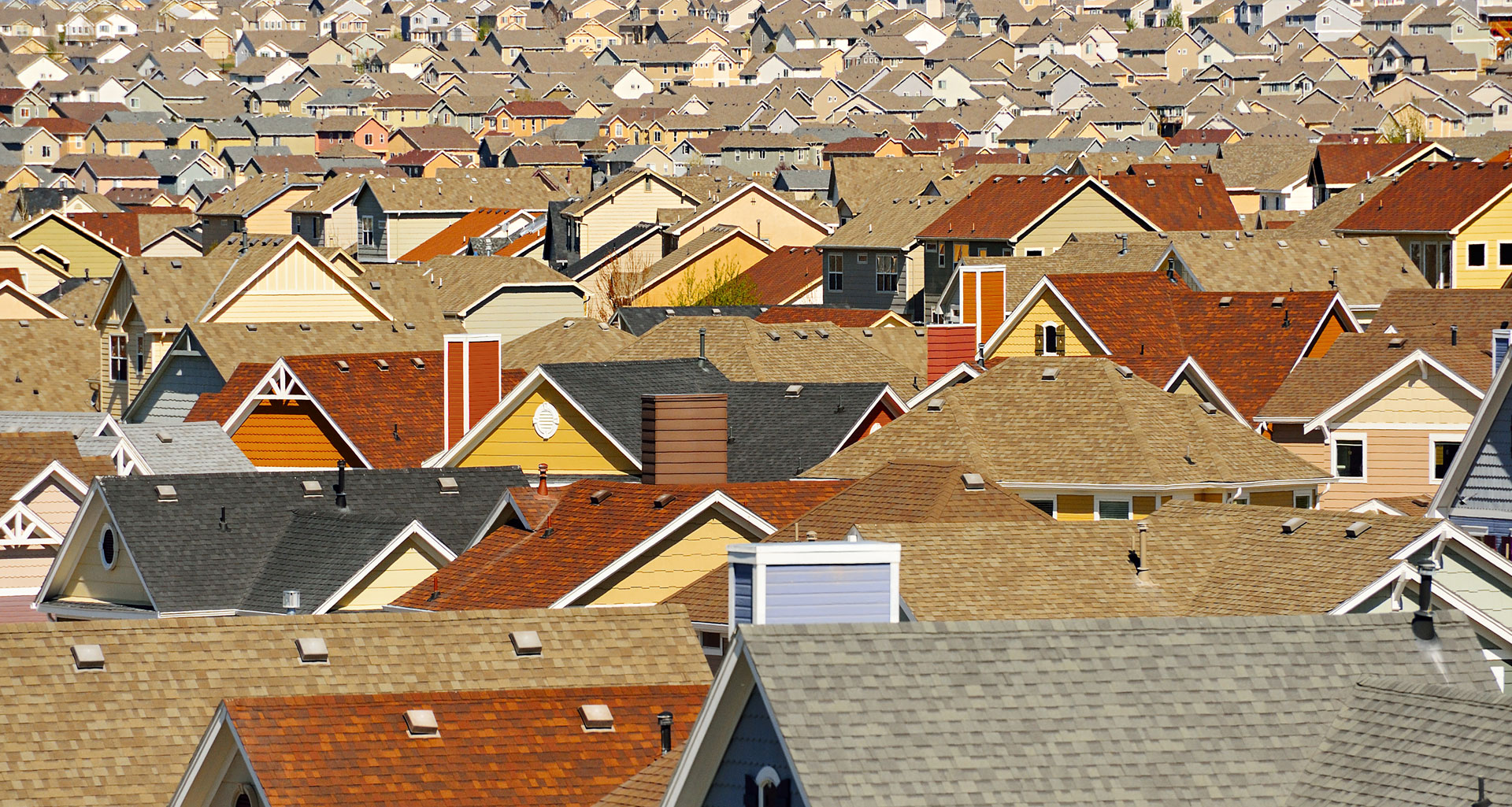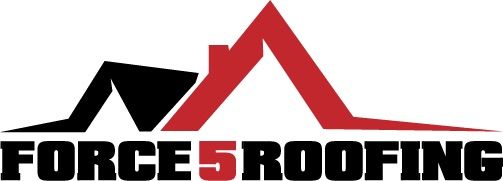Roof Types
Commercial Roof Types
Commercial roofs come in various shapes and sizes, all unique to the business they cover. We offer some types of roofs that are more common among residential properties, but also a variety of common commercial types of roofs.
We have included a few of the most common types of commercial roofs and roofing materials – both natural and synthetic – to fit your business budget and style.
Commercial Roof Materials
Metal Roofs
Single-Ply Membrane
TPO
EPDM
PVC
Commercial Roof Styles
Shed Roofs
Gable Roofs
Hip Roofs
A-Frame Roofs
Folded Plate Roofs
Commercial Roof Pitch
Knowing the pitch or angle of your roof is helpful when you’re thinking of additions or remodels, roof repairs or roof replacements for your business.
Your business’s roof pitch is calculated by the number of inches the roof rises vertically for every 12 inches that the roof extends horizontally. If your roof rises 8 inches for every 12 inches of horizontal run, your roof has a 8-in-12 pitch.
- Flat Roof—Anything under 2-in-12 pitch.
- Low Slope Roof—Anything from 2-in-12 to 4-in-12 pitch.
- Steep Slope Roof—Anything above 4-in-12 pitch (usually up to 21-in-12 pitch).

